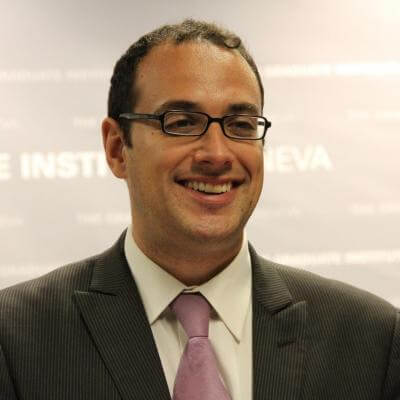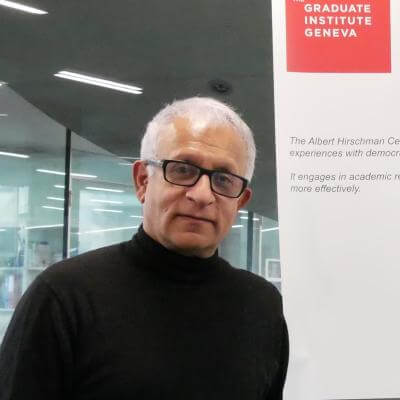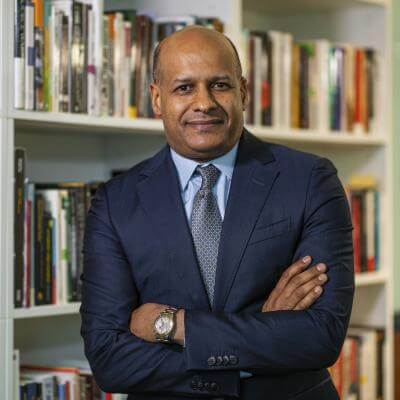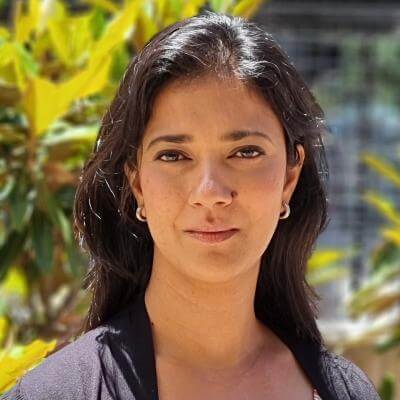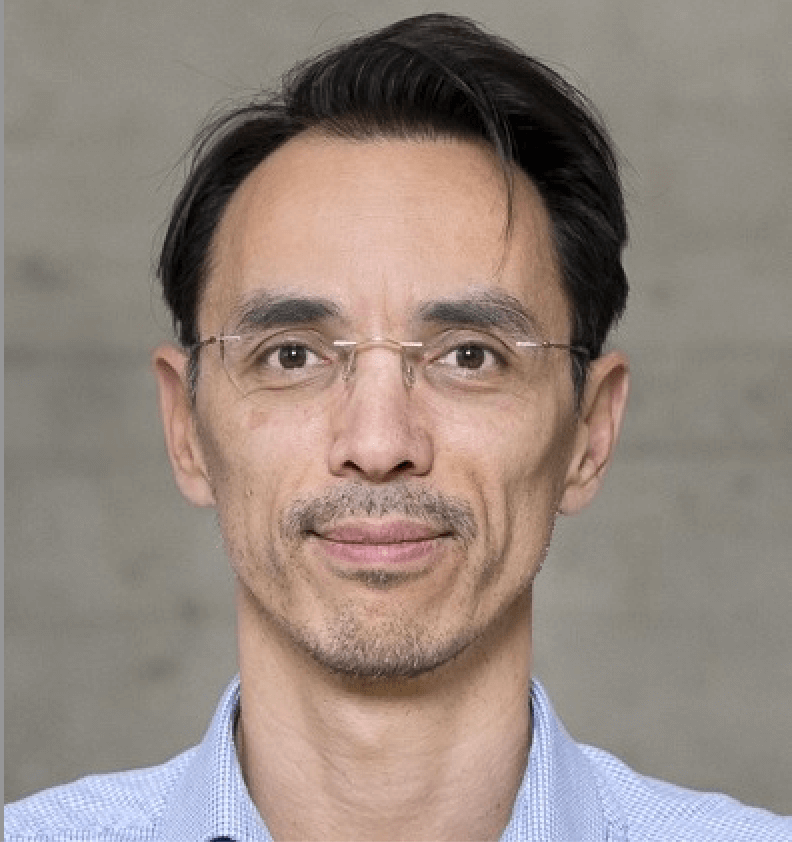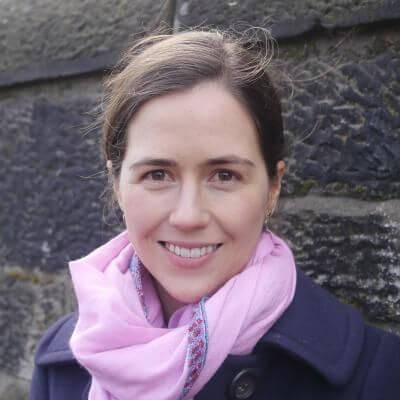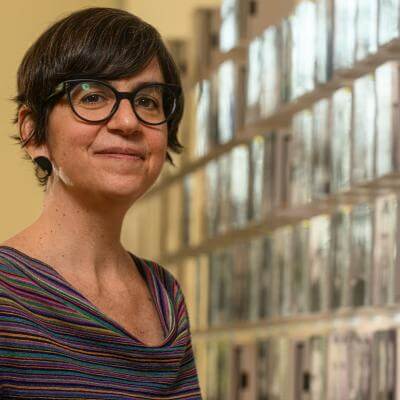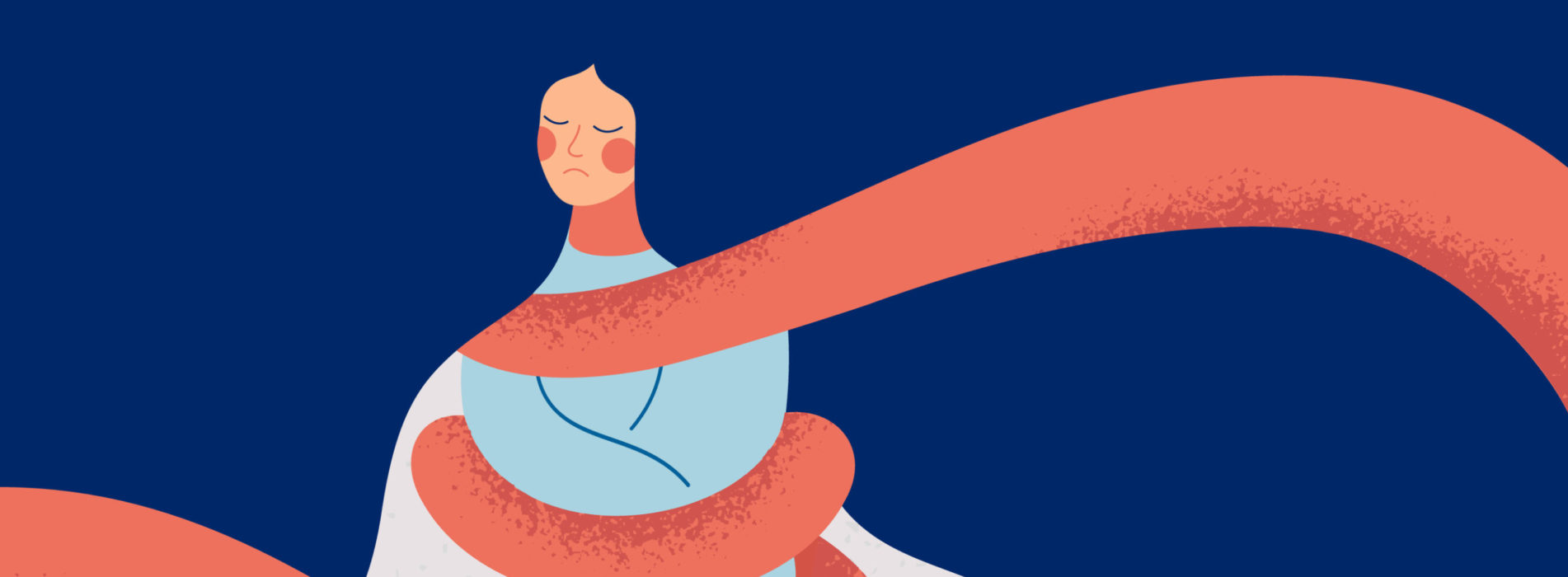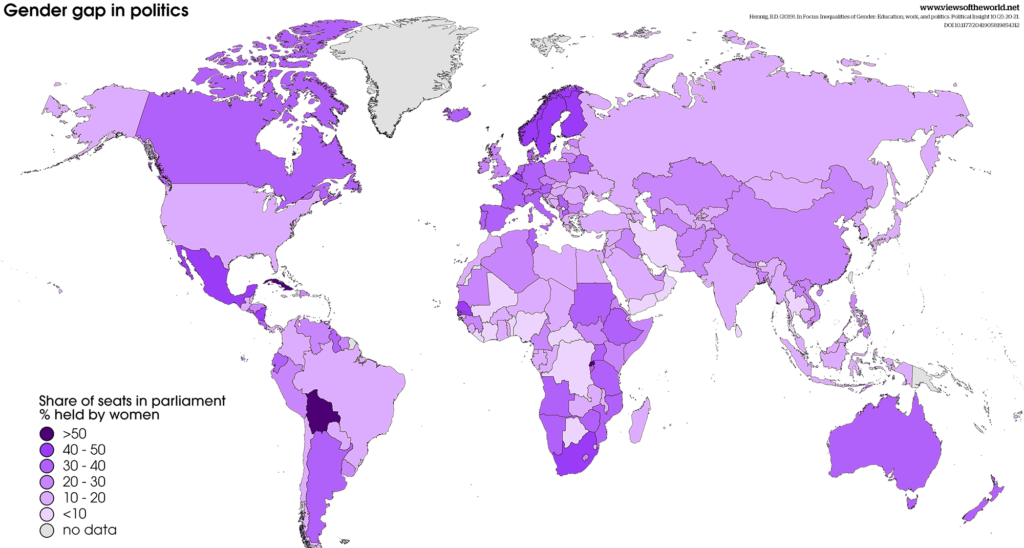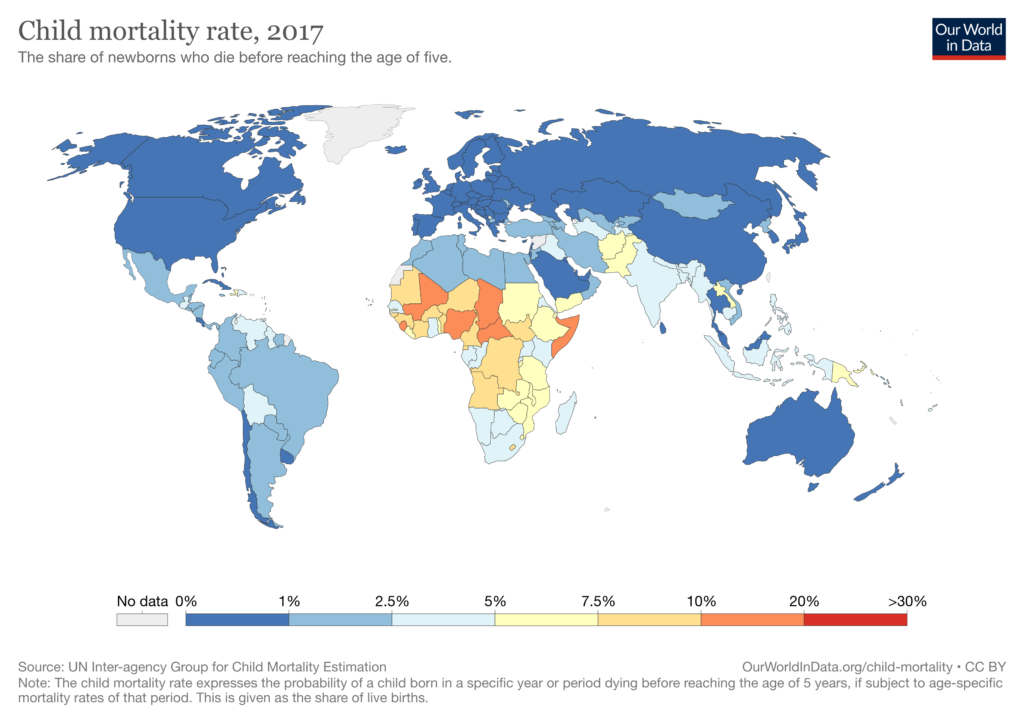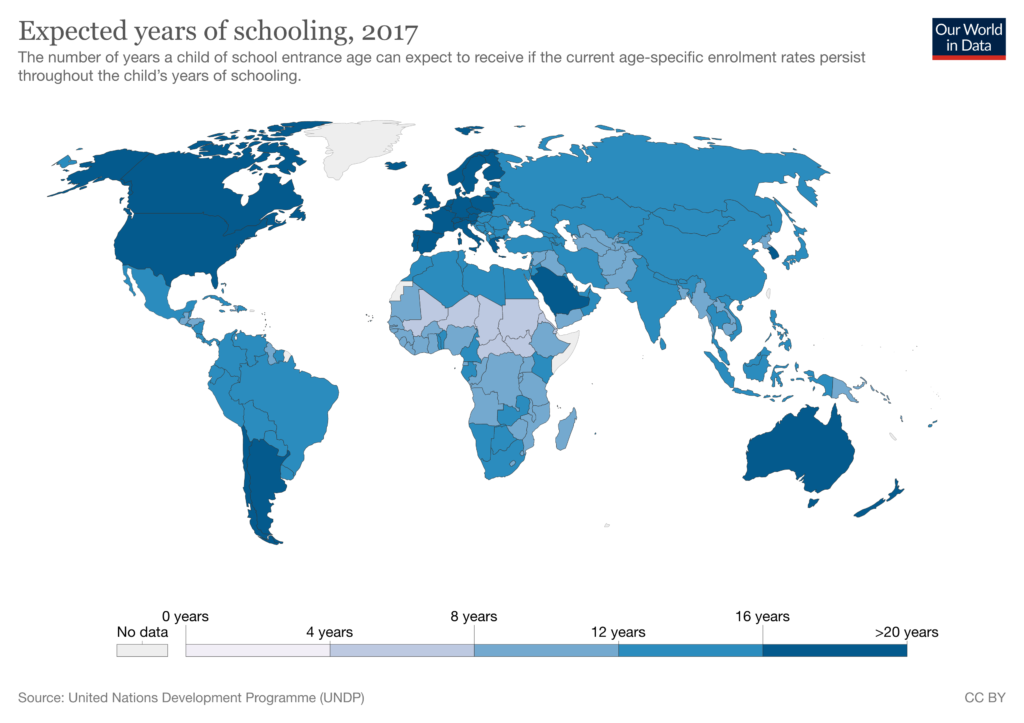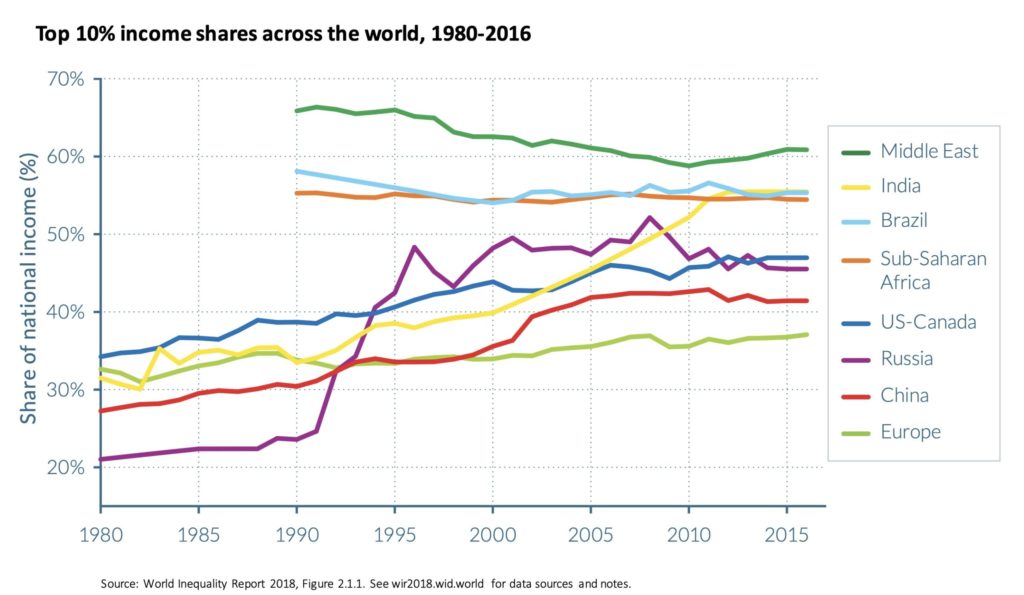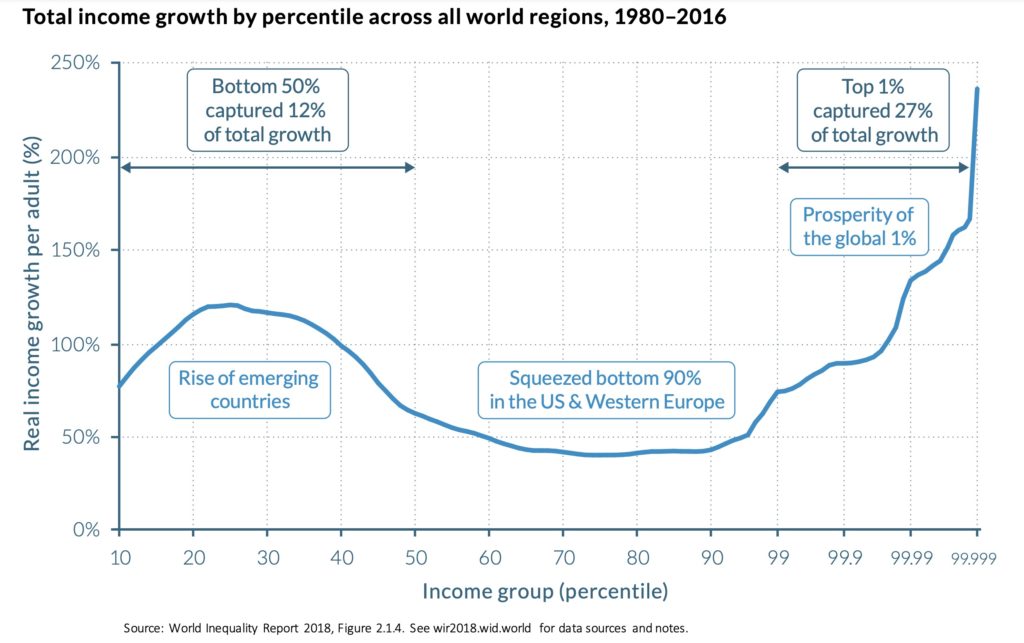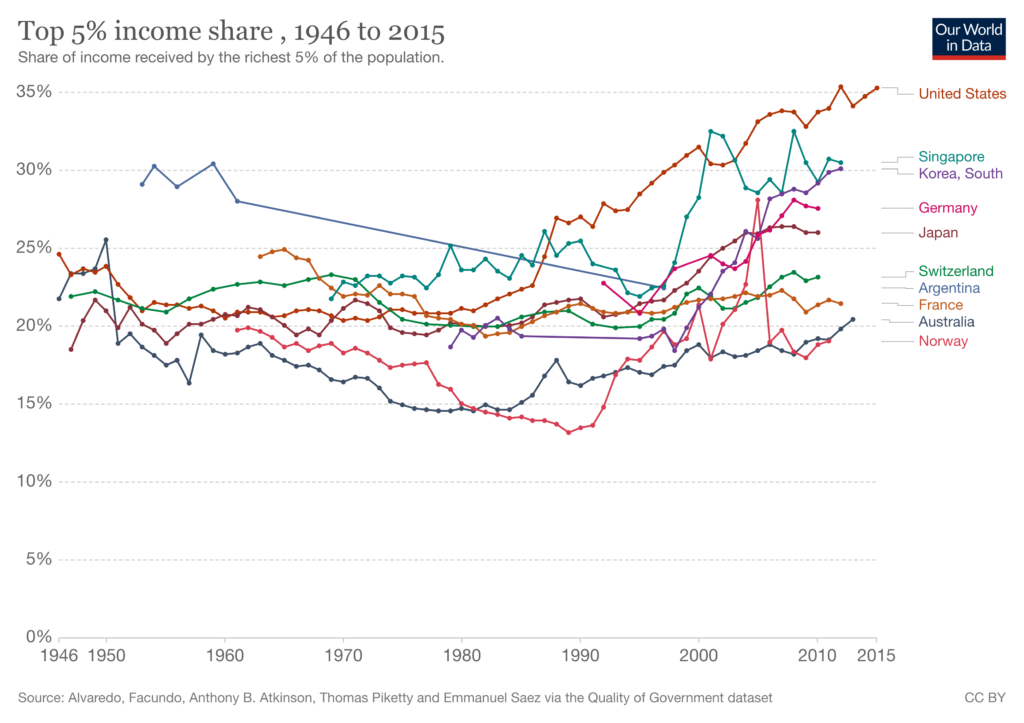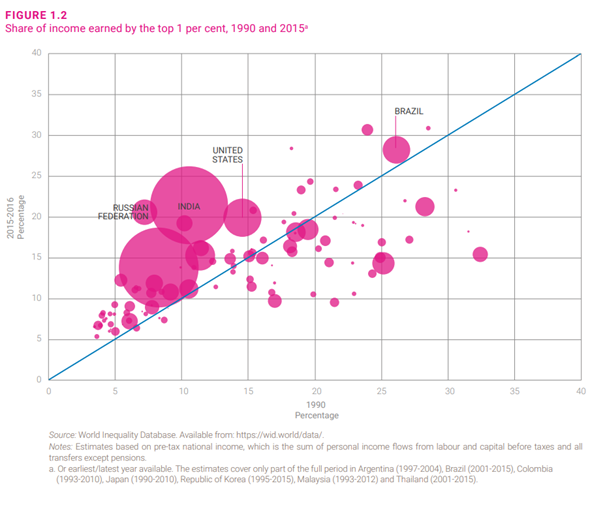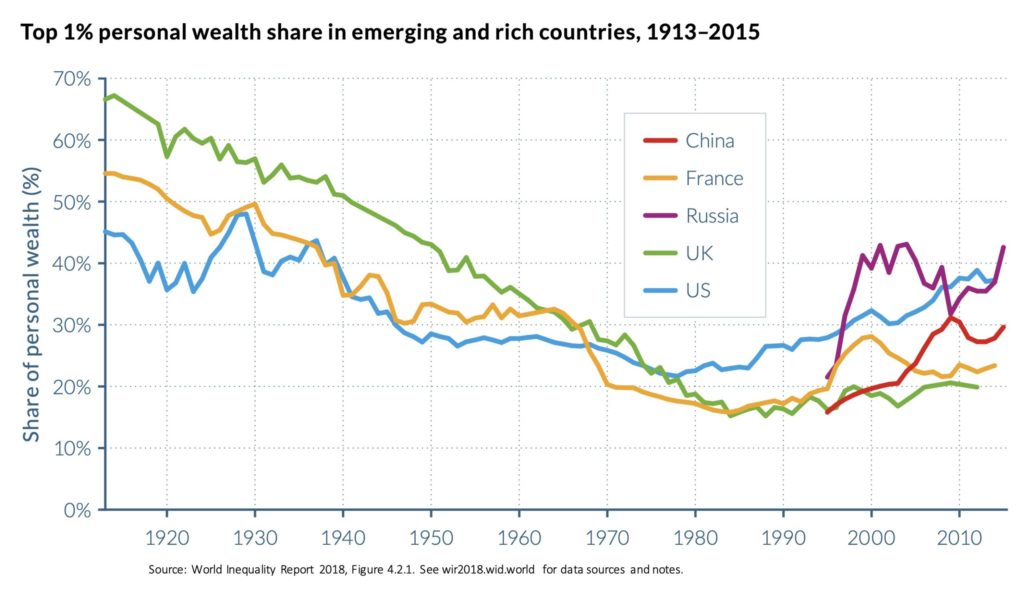Inequality and Gender
Repression is a seamless garment; a society which is authoritarian in its social and sexual codes, which crushes its women beneath the intolerable burdens of honour and propriety, breeds repressions of other kinds as well.
Salman RUSHDIE, Shame
Is a husband justified to hit or beat his wife “if she burns the food, argues with him, goes out without telling him, neglects the children or refuses sexual relations”? Demographic and health surveys around the world tracing violence against women reveal astonishing opinions. As many as 72% of males aged 15 to 49 in Papua New Guinea and Afghanistan consider wife beating justified. Even more shockingly, in many places women tend to agree with the statement more often than men.[1] While there is considerable variation in such attitudes globally, the figures are but the tip of an iceberg. The #MeToo and similar movements offer evidence that more subtle and certainly no less harmful forms of gender-based violence continue to be rampant. People who do not conform to dominant gender identifications and sexual orientations are particularly affected.

We should be surprised. Since the adoption of the UN Convention on the Elimination of All Forms of Discrimination against Women (CEDAW) in 1979, gender equality has become a topic of national and international policymaking, affirmed in a range of international documents and instruments, and integrated into the UN’s Agenda for Sustainable Development in 2015. But in addition to outrage over continuing gender-based rights violations, there is also talk of the gender equality agenda having gone too far. Pushback comes from conservative governments that have long refused equality in the family and have questioned sexual and reproductive rights – in particular LGBTQ rights and abortion. Authoritarian governments that seek to roll back feminist achievements contribute to this global pushback, from decriminalising domestic violence in Russia to abolishing gender studies programmes in Hungary, effectively banning abortion in Poland, and arresting feminist activists advocating for basic rights in Egypt and Saudi Arabia. Political leaders, such as in the US and the Philippines, epitomise this backlash when they pride themselves on sexually assaulting women, wearing abuse as a badge of honour rather than acknowledging it as a crime.
Sexism, racism, homophobia, ableism and other forms of othering have long lurked beneath the surface of our globalised world, serving as bulwarks against demands for justice and inclusion. International gender equality policies are only beginning to address these intersections, and most existing evidence remains unidimensional.Quotas may add women to parliaments and company boards, but they do not disrupt gender binaries that buttress divisions of labour and ideas of female difference Thus, there have been significant gains for women, especially in the area of social policy where governments have played a role in promoting equality. In most countries today, girls and boys participate equally in primary education, and there is progress of gender inclusivity at other levels of education as well. In healthcare, the risk of maternal deaths has been reduced significantly, as has the number of unintended pregnancies.[2] But these figures differ by geographical location. Moreover, progress in other areas has been limited. In addition to gender-based violence, two are worth examining in more detail: economic participation and political participation.
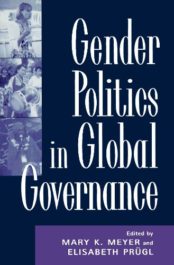
Although gender equality policies have long prioritised moving women into jobs and gaining them independent access to income, the gap between women’s and men’s rate of labour force participation has remained virtually the same over the past 25 years. Globally, women’s participation in the paid economy in 2020 was 47%, compared to 74% for men (although there are significant differences geographically, with larger gaps in Northern Africa and Western and Southern Asia). As a result, women’s access to independent income continues to fall well short of that of men – even before unequal wages and job segregation are taken into account. A key problem is women’s disproportionate responsibility for care and household labour. Globally, marriage and having children depresses women’s labour force participation while it has the opposite effect on men. Women’s unpaid labour includes not only care labour but also unpaid family labour in agriculture, which is particularly significant in Sub-Saharan Africa.[3] Patriarchal household governance thus functions to hold back women’s economic empowerment.
In contrast, there have been some advances in women’s political participation, though starting from a very low level and with gender gaps remaining significant. The percentage of women in parliaments has more than doubled in the past 25 years to almost 25% in 2020. This increase is largely due to the introduction of quotas, with gains concentrating in Europe, the Americas, Australia and New Zealand. Similarly, the number of female heads of state has increased from 12 in 1995 to 20 in 2020 (12 of these are in Europe). Despite such progress, however, political participation of women has rarely reached a critical mass. Globally, women occupy half the seats in only four national parliaments.
Today, gender equality and inclusion are not a matter of viewing the glass as half full or empty. Rather, issues of difference have become fiercely contested and are not easily amenable to technocratic solutions. Quotas may add women to parliaments and company boards, but they do not disrupt gender binaries that buttress divisions of labour and ideas of female difference. The challenges remain both structural and psychic. We need to revolutionise economies so that they prioritise care and the preservation of life over profits. And we need to disrupt deep-seated heteronormative imaginaries of women as the natural Other that render them easy objects of violence.
[1] Unless otherwise indicated, statistics cited in this article are from United Nations Statistics Division, Department of Economics and Social Affairs, The World’s Women 2020: Trends and Statistics, accessed 14 January 2021.
[2] Guttmacher Institute, “Unintended Pregnancies and Abortion Worldwide”, Fact Sheet, July 2020, accessed 14 January 2021.
[3] Progress of the World’s Women 2019–2020: Families in a Changing World (New York: UN Women, 2019), 114 and 119.
PODCAST: Inégalités, anthropologie et développement – Gilbert Rist
Graduate Institute, Geneva.
PODCAST: Inequalities and Humans Rights – Irene Khan
Graduate Institute, Geneva
RESEARCH DOCUMENTARY: Inequality and Conflict – Beyond Us and Them
Realised and financed by the the FNS, and strongly supported by the Gender Centre (Graduate Institute, Geneva), this research documentary film is the result of a participatory filmmaking process and presents three projects conducted in Guatemala, Nigeria, Sri Lanka and Indonesia within the Social Conflicts module of the Swiss Programme for Research on Global Issues for Development (r4d programme). It features the research context and findings of the Gender Centre’s project “The Gender Dimensions of Social Conflicts, Armed Violence and Peacebuilding”.
TV NEWS: Hustlers vs Dynasties: Experts Warn Kenyans against the Narrative
The Youtube NTV Kenya channel
Thomas Piketty and the Inequality Economists
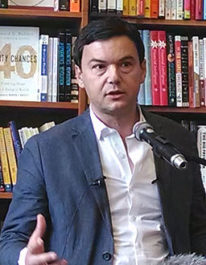 Thomas Piketty at the reading for Capital in the Twenty-First Century on 18 April 2014 at the Harvard Book Store in Cambridge, Massachusetts.
Thomas Piketty at the reading for Capital in the Twenty-First Century on 18 April 2014 at the Harvard Book Store in Cambridge, Massachusetts.Over the last decade, a vivid scholarly debate over the issue of inequality and its drivers has taken place among economists and attracted a lot of public attention. It includes, most prominently, Thomas Piketty and other French economists such François Bourguignon, Thomas Philippon, Emmanuel Saez and Gabriel Zucman but also Anglo-Saxon scholars such as Anthony Atkinson, Joseph Stieglitz and Branko Milanovic. Piketty landed an Amazon’s best-seller with his book Capital in the Twenty-First Century (2014), in which he argues that welfare states and social policies are the exception in history while the general tendency under capitalist conditions is for inequality to rise as the returns to capital are greater than the general rate of economic growth. Piketty therefore opposed previous theories, such as Simon Kuznets’ U-shape model assuming that under capitalism inequality first rises to subsequently decline with the apparition of redistributive mechanisms and policies. From Piketty’s perspective, the “egalitarian” decades from the 1930s to the 1970s, while constituting an exception, also prove that economic inequality is not predetermined but may be acted upon through political and social measures. Others such as Branko Milanovic have argued for more cyclical approaches to inequality, suggesting that it is sporadically checked by wars, plagues and demographic disruptions that are exogenous to the market.
Further readings:
- Robert H. Wade, “The Piketty Phenomenon and the Future of Inequality”, real-world economics review, no. 69 (7 Oct. 2014): 2–17.
- Mike Savage, “An Interview with Thomas Piketty, Paris 8th July 2015”, Working Paper no. 1, International Inequalities Institute, LSE, September 2015.
Measuring Inequality

Inequality measurement can take many forms. Depending on what kind of inequality is being measured (economic, health, education, etc.), different types of indicators will be used (revenue, wealth, average years of schooling, life expectancy…). Measuring inequality further depends on the units of measurements (individuals, households, tax-paying units, etc.) and the types of entities/groups that are being compared. Measuring inequality across country or regions thus differs from measuring inequality within a given society (e.g., between specific segments of a given population) or between citizens globally.
Gini Index
The most common index to measure economic inequalities in terms of revenue or wealth is the Gini coefficient. It measures the extent to which the distribution of income across a society deviates from a perfectly equal distribution. It is based on the Lorenz curve, which represents the cumulative proportion of the population on the horizontal axis and the cumulative proportion of income on the vertical axis. If one person earned all income (maximum inequality) the Gini coefficient would be equal to 1. If income was shared equally between all, the Gini coefficient would equal 0.
Palma Index (or Ratio Measures)
Ratio measures compare how much revenue or wealth is held by a specific segment of the population as compared to another. They allow to adjust for the Gini index’s oversensitivity to changes in the middle of the distribution. The Palma ratio, for instance, measures the share of national income of the top 10% compared to that hold by the lower 40%. In more equal societies this ratio will be 1 or below but in very unequal societies it might go up to 7.
Theil Index
Theil indexes, finally, measure inequality in terms of how wealth or revenue is spread among different regions (e.g. urban and rural).
For further reading:
- UNDESA, Inequality Measurement, Development Issues no 2, 21 October 2015
- GSDRC, “Measuring Inequality”
Debate on Inequality and the Social Contract

Liberty and equality entertain an uneasy and fraught relationship. How to reconcile the two has been one of political theory’s central quandaries. Proponents of radical approaches to political equality such as Rousseau have argued that equality may only come at the prize of providing a narrow – or positive – definition of freedom. An approach that has also been applied by the French revolutionaries who, most notably during the Reign of Terror (1793–1794), applied a strict definition of what it meant to be free under republican conditions. Liberal proponents, on the other hand, have preferred a negative approach to freedom – privileging being free over being equal – by confining equality to law and reserving freedom to the private realm of individual expression. The radical impetus of equating being free to being equal may thus be opposed to the liberal impetus of equating being free to being different.
Political philosophers have further debated on whether inequality stems from history – or, as Rousseau suggests in his Second Discourse, from civilisation – and thus depends on human intervention or whether it is an inalterable anthropological constant. Liberals have argued the former, insisting that while inequality remains the norm in nature, it is mankind’s role to tame it through policies and laws (e.g., social contracts). Sociologists such as Gaetano Mosca and Robert Michels have come to the more sobering conclusion that elites are a quasi-permanent fixture of human societies and that, eventually, a minority of actors would come to dominate all political systems, even democracies. John Rawls, finally, proposed an elaborate theory of social justice arguing that the social contract needs to guarantee at once fundamental rights to individuals, equality in terms of opportunities, and that economic inequality is justified only to the extent that it serves to improve the lives of the worst off through redistributive mechanisms.
For further reading:
Jeff Manza, “Political Inequality”, in Emerging Trends in the Social and Behavioral Sciences, ed. Robert Scott and Stephen Kosslyn (John Wiley & Sons, Inc., 2015): 1–17.
